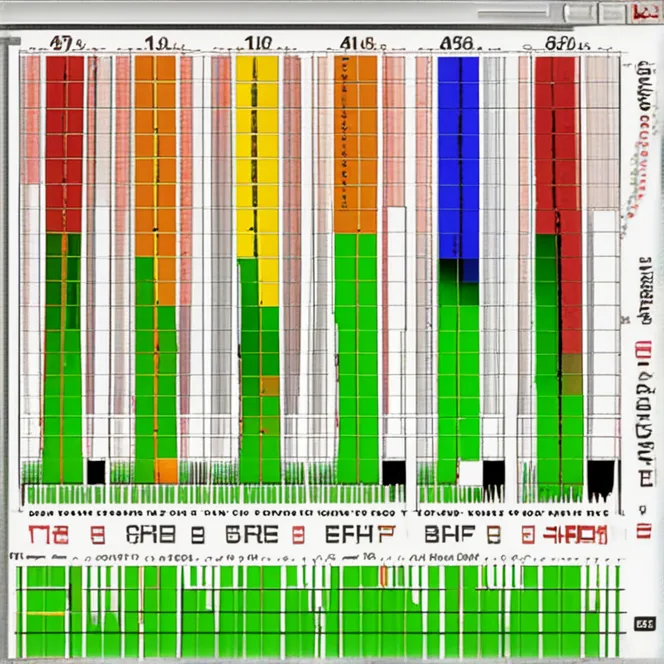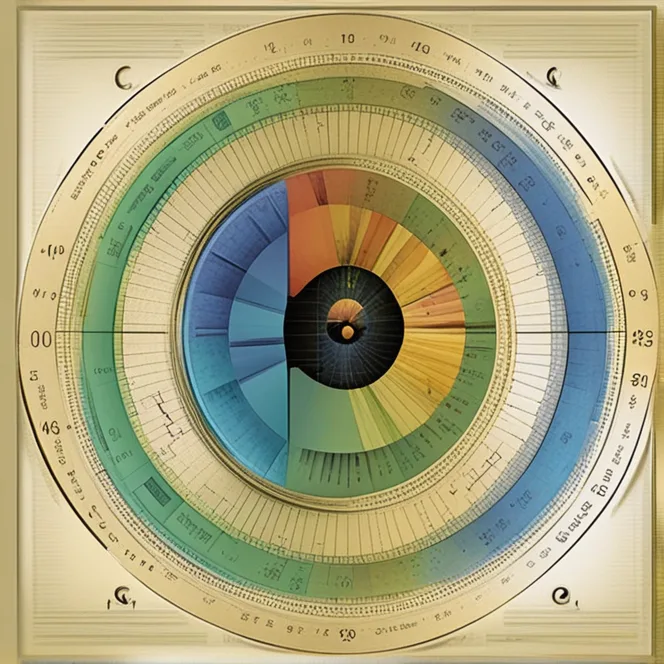
Deciphering Your Biorhythms
Unlock the secrets of your biological cycles with our comprehensive guide to understanding biorhythms and their impact on your daily life.
article by Adrian Wallace
The Essence of Biorhythms
In the pursuit of understanding the invisible forces that govern our well-being, biorhythms emerge as a compelling concept. Biorhythms are theorized to be natural, inherent cycles that affect various aspects of our physical, emotional, and intellectual states. Rooted in the idea that our lives are influenced by rhythmic biological patterns, the study of biorhythms attempts to predict the ebb and flow of our capabilities and mood. While some dismiss biorhythms as pseudoscience, many individuals find value in observing their personal cycles and adjusting their activities to match their body's natural rhythms.

The Three Primary Cycles
The foundation of biorhythm theory rests on three primary cycles, each with its unique time span. The Physical cycle, with a 23-day period, supposedly governs our vitality, stamina, and endurance. The Emotional cycle, lasting 28 days, is believed to influence our mood, creativity, and perception. The last is the Intellectual cycle, which completes a circuit in 33 days and is thought to affect our mental acuity, logic, and communication. By charting these cycles, one can forecast periods of high performance and those times when extra caution may be warranted.

Charting Biorhythms
To harness the potential insights biorhythms offer, charting one’s biological rhythms is the first step. This process involves plotting the high, low, and critical phases of the three primary cycles based on one's birth date. Personal biorhythm calculators, now widely available online, provide an easy way to visualize these cycles. While the accuracy and scientific backing of such charts can be debated, enthusiasts suggest that aligning activities with favorable biorhythmic phases can lead to improved outcomes and overall better life management.

Synchronicity & Compatibility
Beyond individual implications, biorhythms are also considered in relationships and team dynamics, with the belief that the interplay between different individuals' cycles can affect group harmony and productivity. Compatibility charts, based on biorhythms, propose to anticipate the synergy or possible tensions in various types of relationships. In personal contexts, such insights might be applied to plan important conversations, events, or collaborative efforts when biorhythmic cycles are harmonious.

Practical Applications
Proponents of biorhythms advocate for the practical application of these cycles in various aspects of daily life. For instance, one might schedule demanding physical activities or competitions during a high in their Physical cycle, or engage in intellectually rigorous tasks when the Intellectual cycle peaks. Emotional downtrends might signify a time to avoid stressful situations or focus on self-care. Though scientific evidence is sparse, personal accounts of biorhythms resonate with those who feel their lives echo these natural patterns.
Critique and Scope of Science
While biorhythms have their enthusiasts, it is important to address the critique they face. Many experts in the scientific community have disputed biorhythm theory, citing a lack of empirical evidence and concluding that the concept does not stand up to scientific scrutiny. Consequently, biorhythms should be approached with a balanced perspective, considering both the anecdotal benefits and the scientific skepticism that surrounds them. This empowers individuals to make informed decisions about the role biorhythms may play in their personal pursuits and well-being.
Published: 12/6/2023
Modified: 12/6/2023
More predictions
Come back here soon to learn more about yourself and your future


Exploring Your Future: The Power of Biorhythms
Discover how biorhythms can reveal your personal life cycles and impact your daily living in this insightful article.


Magic Connection of Astrology and Biorhythms
Uncover how astrology and biorhythms intertwine to influence our daily lives, offering insights into personality traits and future tendencies.


The Ebb and Flow of Energy: A Biorhythmic Analysis
Unveil the intriguing world of biorhythms and their influence on your daily life, with insights into synchronization with natural cycles for enhanced well-being.